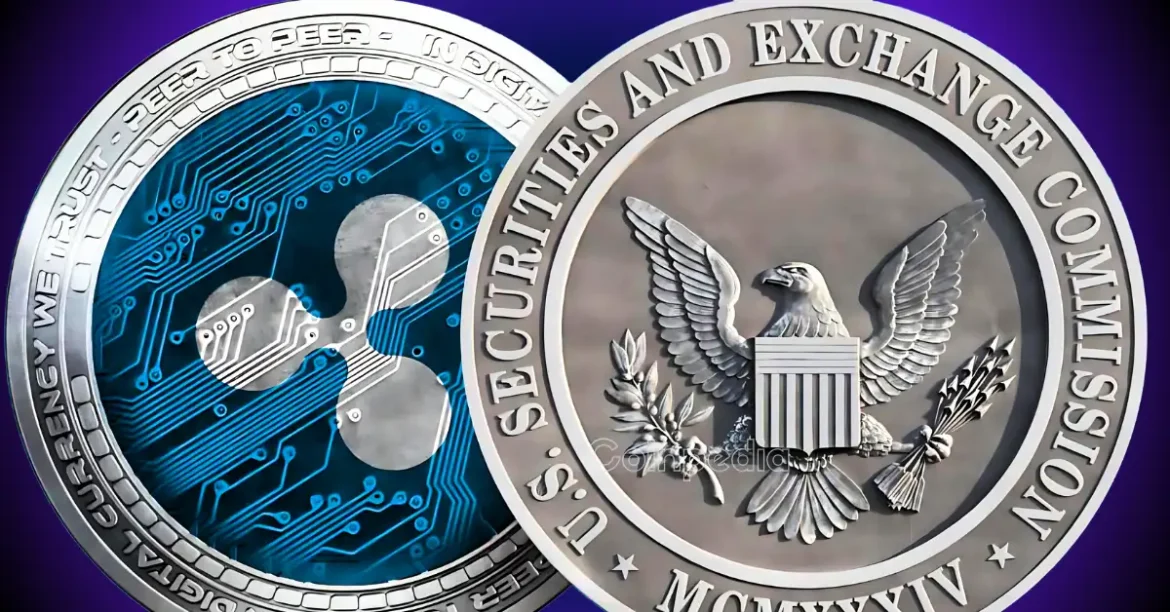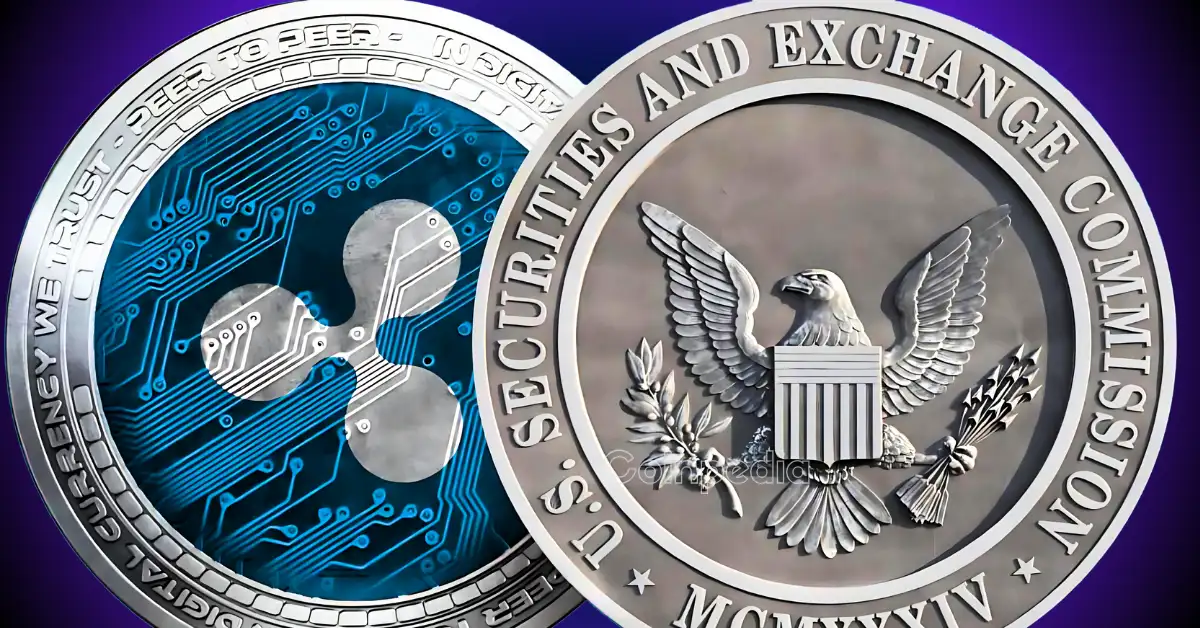The latest developments in the Ripple versus SEC legal battle reveal a complex and evolving narrative that underscores the intricate nature of regulatory proceedings in the cryptocurrency space. While headlines paint a picture of setbacks and procedural setbacks, the underlying narrative reveals both resilience and strategic maneuvering by Ripple and the SEC, shaping the future of XRP and its regulatory landscape.
The Core of the Legal Impasse
At the heart of the current phase is the rejection of a proposed settlement agreement valued at $50 million, originally intended to conclude years of legal wrangling. District Judge Analisa Torres dismissed the joint motion from Ripple and the SEC, citing procedural deficiencies primarily related to Rule 60, which governs modifications of final court decisions. This procedural technicality prevented the court from granting the settlement, although it did not constitute a substantive rejection of Ripple’s position or the legitimacy of the underlying claims.
Despite this setback, both parties remain committed to resolving the case, with Ripple and the SEC publicly expressing their mutual desire to revisit the issue once the procedural hurdles are addressed. Their willingness to refile and attempt again emphasizes an overarching goal: bringing closure to a lengthy legal saga that has considerable implications for regulatory clarity and the legal status of XRP.
The Significance of the $125 Million Penalty
One unaltered element in this ongoing saga is the residual impact of a prior court ruling that imposed a $125 million fine on Ripple for unregistered securities offerings related to XRP sales. The court’s judgment, upheld despite attempts at settlement, underscores that the core dispute regarding whether XRP constitutes a security remains unresolved, at least procedurally.
The court’s recent rejection of the settlement attempt did not eliminate this penalty. Ripple’s legal team continues to argue that the original ruling was based on procedural missteps and that there’s room for resolution through proper filings. The company’s strategic approach seems to involve revisiting the settlement framework, possibly seeking a refined effort under correct procedural guidance.
Procedural Challenges and Opportunities
The repeated theme of procedural issues, primarily under Rule 60, highlights the importance of meticulous legal craft. These obstacles are not uncommon in intricate financial and securities litigation but serve as a reminder that procedural adherence can significantly influence case trajectories. The recent rulings open opportunities for Ripple and the SEC to refine their legal filings, improve documentation, and reattempt settlement negotiations.
In the broader context, such procedural technicalities can serve as temporary hurdles rather than insurmountable barriers. Both Ripple and the SEC have expressed their intention to cooperate on resolving the case outside of prolonged litigation, suggesting that the procedural denial may be a strategic pause rather than a final verdict.
The Path Forward: Multiple Potential Outcomes
The litigation’s remaining path appears to encompass several plausible scenarios:
– Refiling of Settlement Motion: Ripple and the SEC may prepare and submit a revised joint motion that resolves the procedural shortcomings identified by the court. If successful, this could swiftly bring the case closer to closure.
– Return to the Court of Appeals: Should the district court opt to remand the case, it could ascend to the Second Circuit Court of Appeals for further review and approval of settlement terms, especially if procedural compliance is ensured.
– Continued Litigation: If negotiations fail or procedural issues persist, the case might proceed to full trial, testing the securities classification of XRP and potentially setting binding legal precedents.
– Potential Final Resolution: A negotiated settlement, once successful, would typically involve Ripple paying the remaining $125 million or a revised figure, alongside a clear declaration of XRP’s legal status, profoundly affecting the cryptocurrency’s regulatory landscape.
The Impact on XRP and Market Sentiment
Market reactions to these legal developments have been cautious but generally positive, signaling that the industry views resolution with the SEC as a move toward regulatory clarity. XRP’s price has experienced swings corresponding to headline developments, reflecting trader sentiment that any resolution—whether through settlement or court ruling—could establish a more stable framework for XRP’s future.
Investor confidence hinges on the resolution’s clarity and finality. The ongoing procedural delays inject some uncertainty, but Ripple’s persistence indicates a strategic resolve to bring closure. Additionally, the broader crypto ecosystem watches closely, recognizing how this case could influence future SEC enforcement and regulatory approaches to digital assets.
Broader Implications and Strategic Considerations
The Ripple-SEC case is emblematic of wider regulatory ambiguities faced by cryptocurrencies. The procedural setbacks and the review process highlight the importance of legal precision, strategic patience, and the significance of procedural law in shaping outcome trajectories.
Ripple’s approach to engaging with courts, managing procedural hurdles, and seeking resolution reflects a keen understanding that public perception and legal clarity are intertwined. A favorable settlement or court ruling could not only benefit XRP holders but also set regulatory benchmarks influencing policies globally.
Furthermore, the case underscores the importance of clarity in securities law as applied to digital assets, a challenge that regulators worldwide continue to grapple with. Ripple’s legal endeavors illuminate the necessity for a nuanced approach that balances innovation with compliance.
Conclusion: Navigating the Turbulent Waters of Legal Uncertainty
The ongoing Ripple versus SEC saga is a testament to the layered complexity of legal battles in the cryptosphere. While procedural issues have temporarily slowed progress, the mutual desire of Ripple and the SEC to resolve the case indicates that a final resolution remains within reach. The key takeaway is that procedural compliance and strategic patience are crucial in shaping the outcome.
As Ripple prepares to revisit settlement discussions, industry observers should watch for signals that procedural hurdles are being overcome and real negotiations are resuming. The ultimate resolution could have historic implications, clarifying how digital assets are classified and regulated. The case exemplifies the delicate dance between innovation and regulation—a dynamic that continues to define the future landscape of cryptocurrency.
The Final Word
What lies ahead is a testament to resilience in legal processes, strategic courtroom navigation, and the pursuit of regulatory clarity that could redefine the future of XRP and similar digital assets. The next chapters will likely be pivotal—potentially ending years of uncertainty with a decisive resolution, as Ripple and the SEC aim to turn the page on one of the most high-profile crypto litigations to date.





